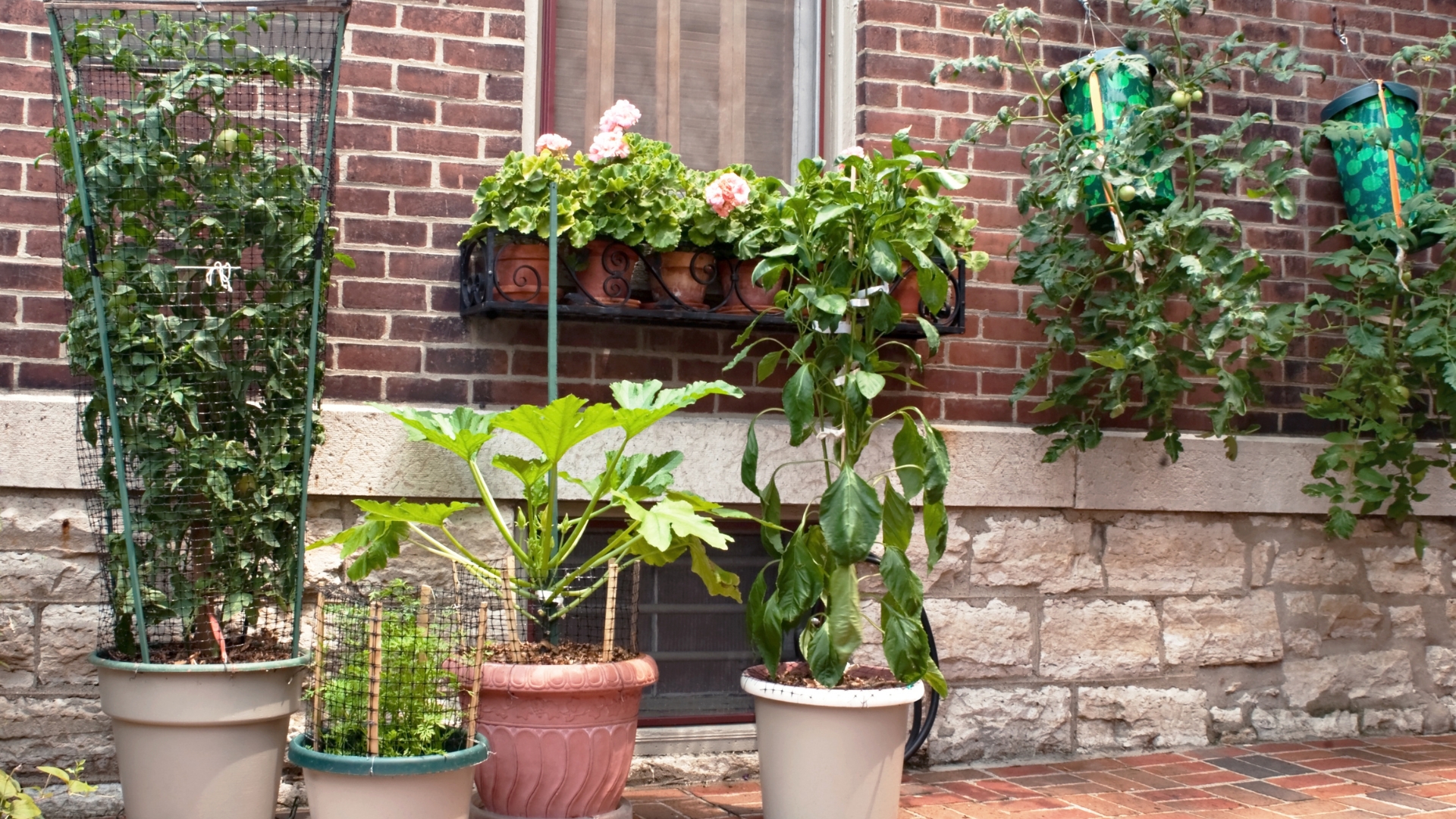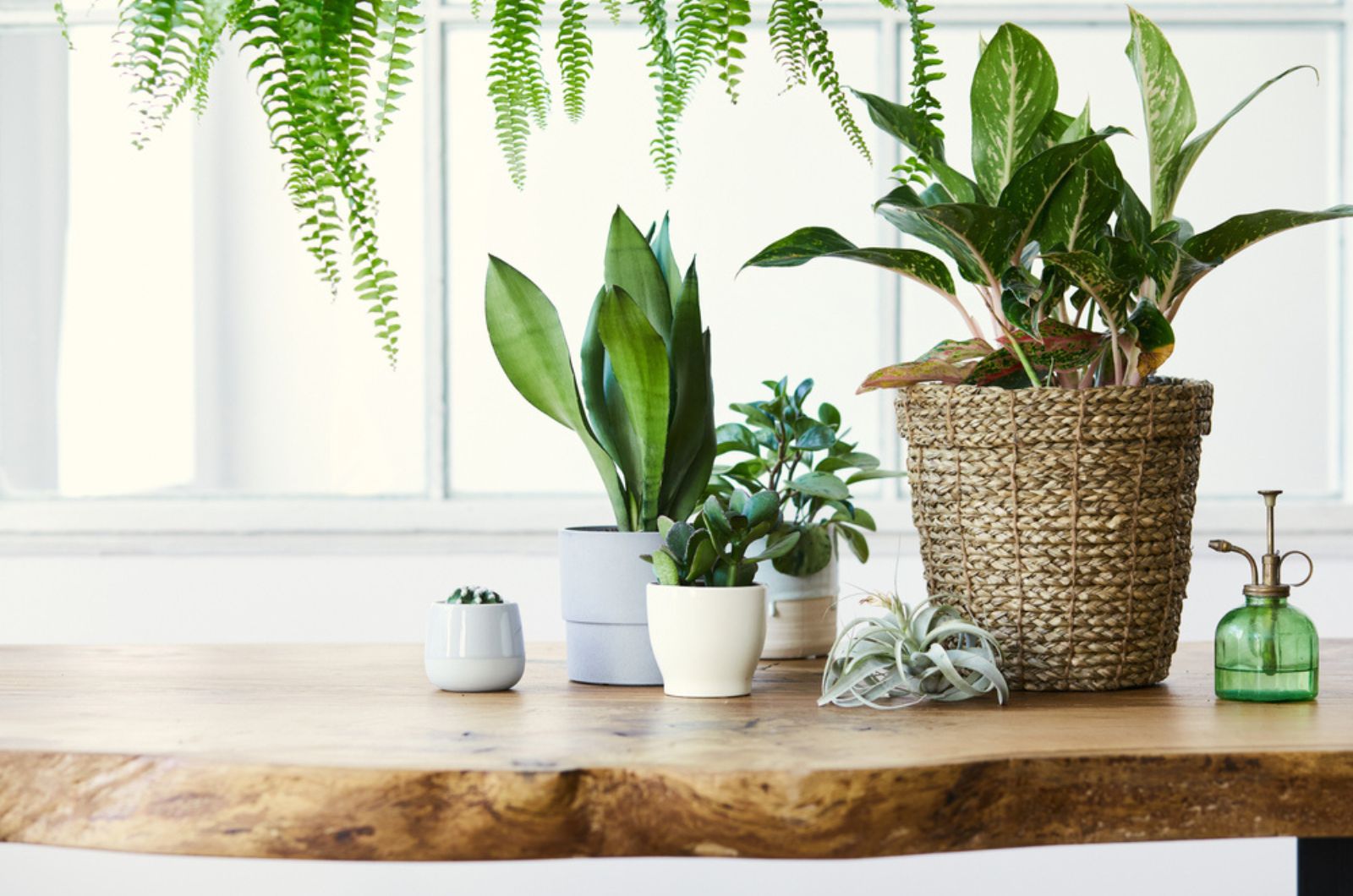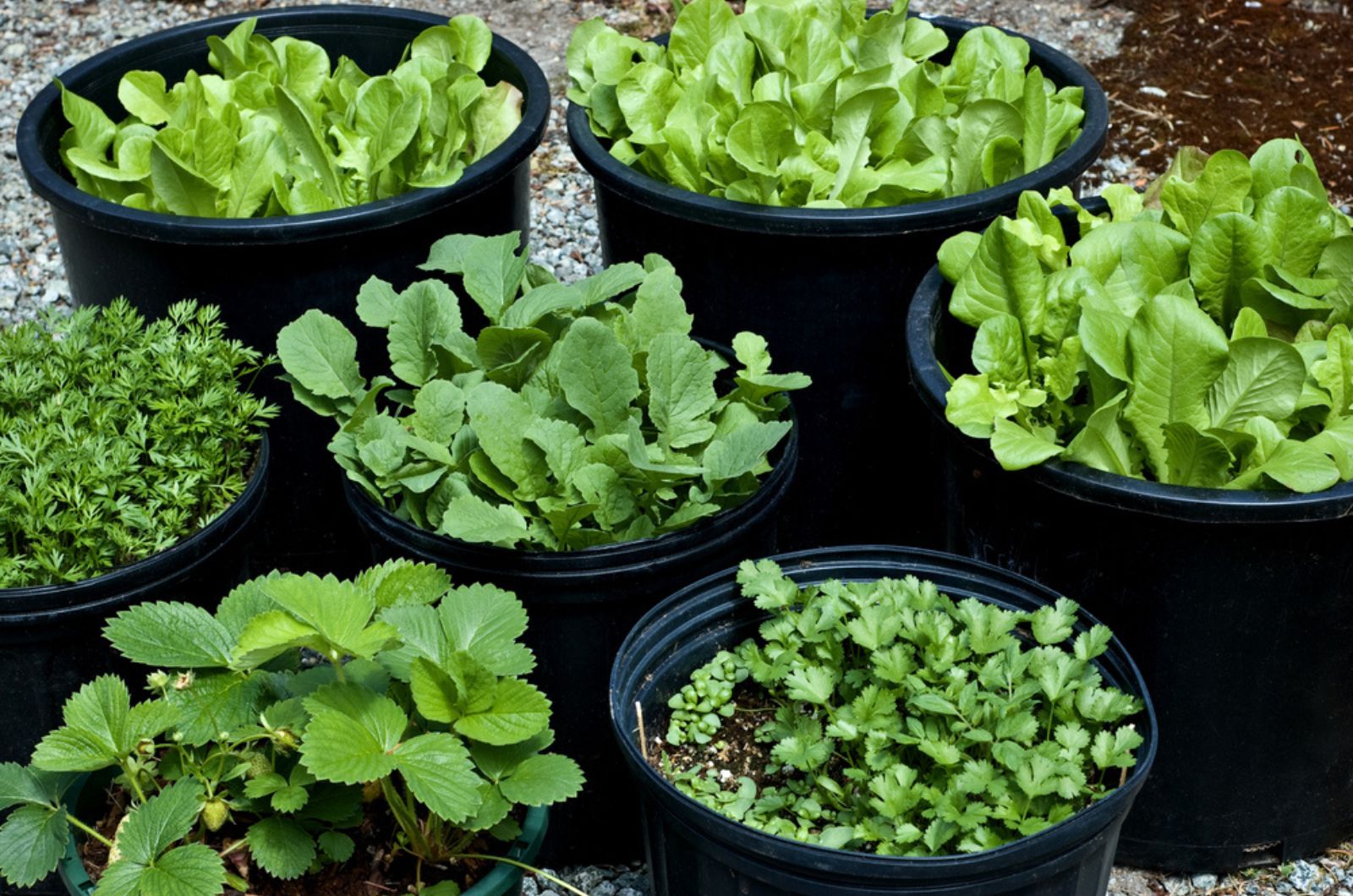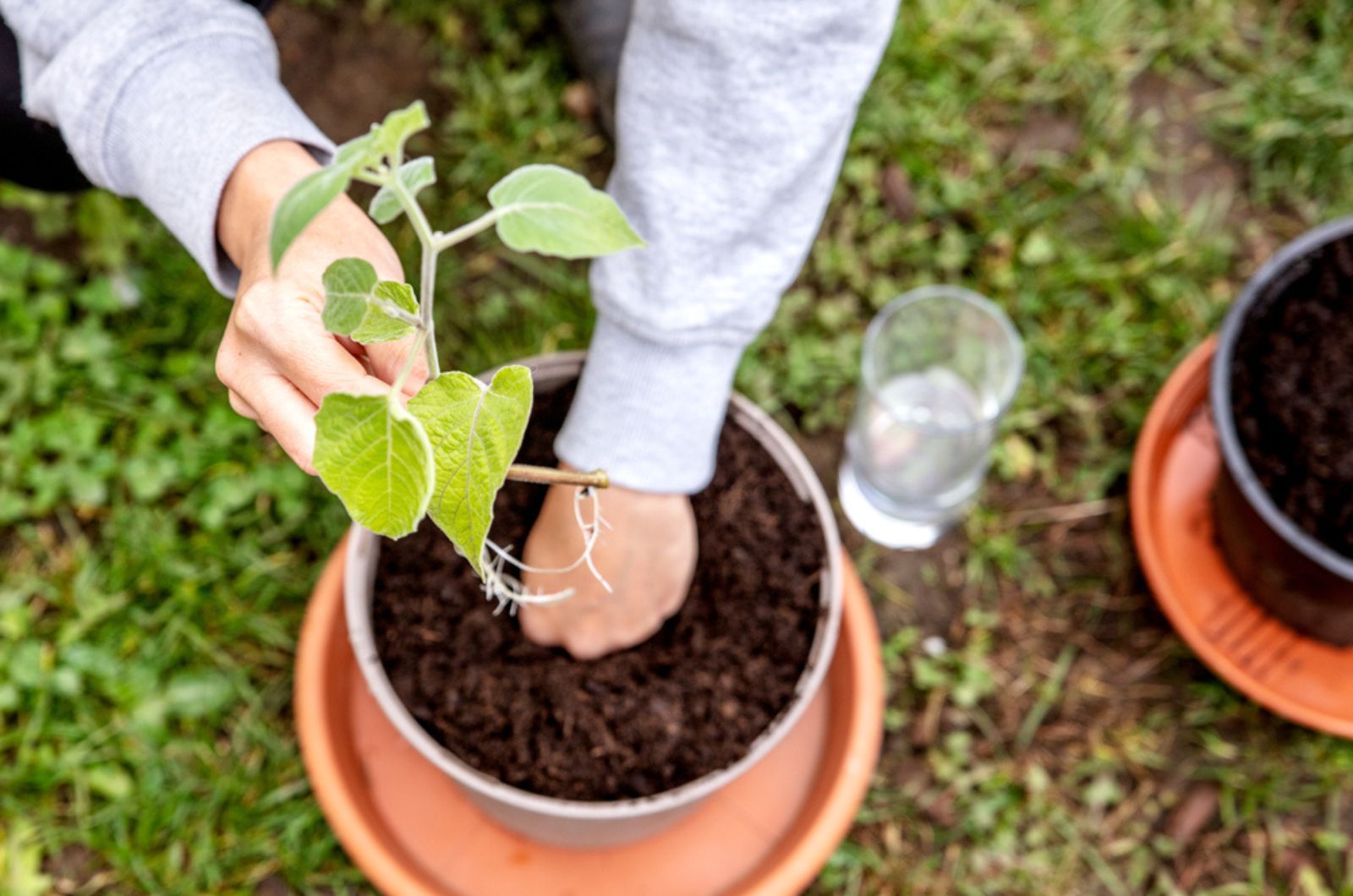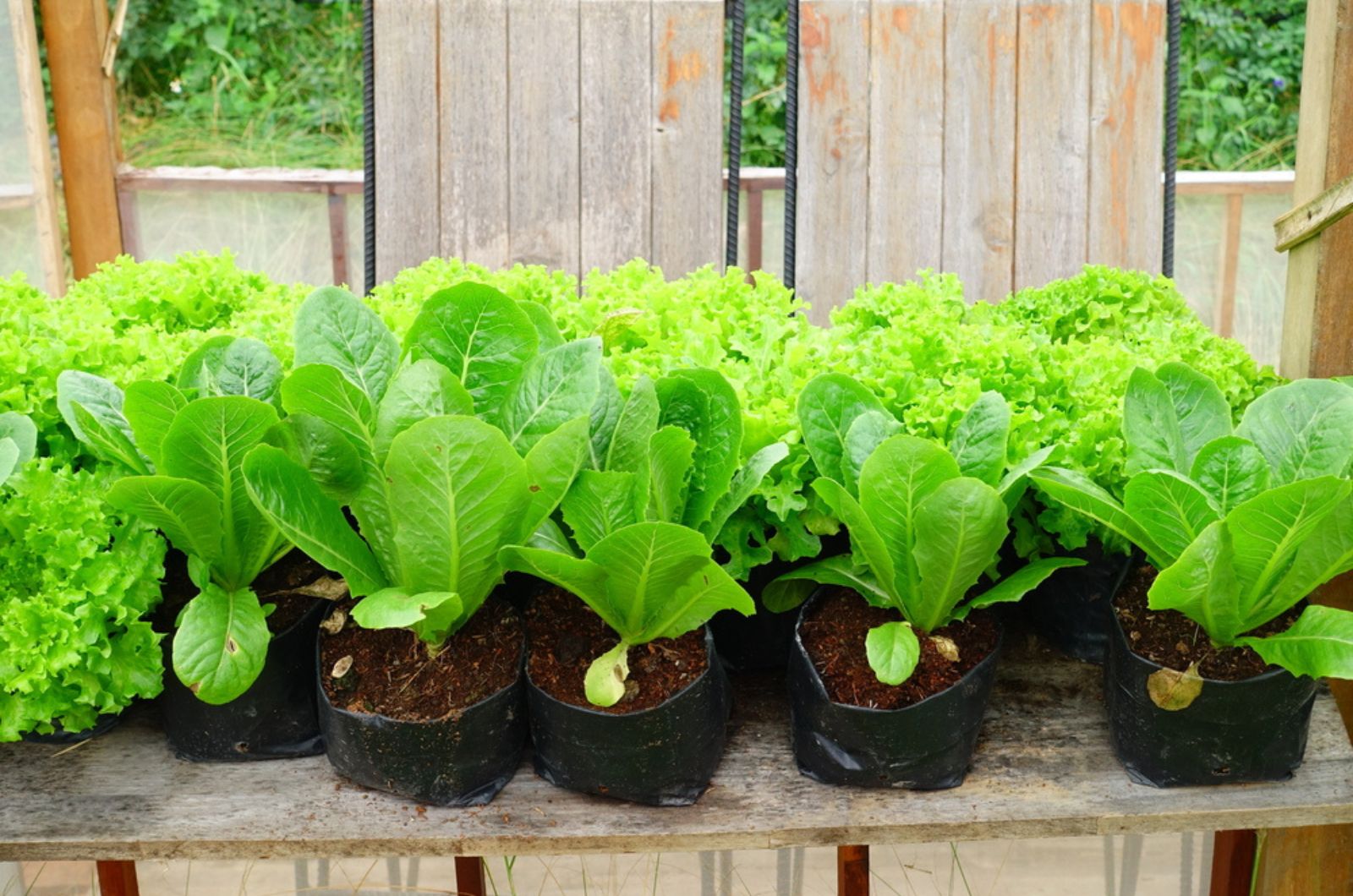Whether you live in a small apartment or simply don’t have enough garden space, portable gardening is the way to go!
A portable garden refers to container grown plants that can be easily managed, relocated, and transitioned. In them, you can grow ornamental plants, delicious fruits and veggies, or unusual herbs to spice things up.
Don’t worry, it is super easy to set up a portable garden. And here, we’ll show you how to do it properly.
So, let’s get started!
Types Of Portable Gardens
Portable gardens are all about container gardening. Therefore, the type of material, plants, and plant requirements are all you have to think about.
You can opt for clay pots if you want to grow disease-tolerant plants – these pots allow easy access to water and moisture. Plus, they are attractive and cheap, so it’s a win-win!
Glazed ceramic pots can hold moisture and are absolutely gorgeous, but they are also fragile and break easily in extreme temperatures.
If you like concrete-like pots, then hypertufa is the option for you; these are ideal for plants that require a lot of moisture as they are light and porous.
Plastic pots are the most commonly used pots and for a few good reasons: they are weather-resistant, lightweight, can retain water well, and are overall beautiful. Still, you should secure them as they can tip over in windy weather.
Decorative hanging baskets are good for vining plants, but you can use them for many others, too!
Another commonly used type of pot are metallic ones – just like plastic pots, these are lightweight and sturdy. However, you should be careful as they heat up quickly in the hot summer days, so your plants might need more frequent watering.
Lastly, you can opt for wooden pots; although beautiful, they are not everyone’s choice because they easily rot.
Related: 3 Reasons Why You Shouldn’t Use Wooden Raised Beds + The Solution
How To Make Portable Gardens
For all those folks who like gardening but don’t have enough space, or live somewhere warm like Myrtle beach, a portable garden is the perfect option for you!
Here’s what you’ll need to do in order to create one on your own.
Also read: How To Maximize Your Yields With Keyhole Gardening
1. Choose Your Plants And Planter
The first thing you should do is choose the plants you’re going to grow and the planters in which you are going to grow them. There are no limitations in this situation – your garden on-the-go can rest on a wheelbarrow, a cart, anything!
2. Assemble Your Garden Bed
Assemble the garden frame and ensure that everything sits nice and tight. Space your plants adequately so that the soil can drain easily. You can skip this step if you’re purchasing a pre-constructed garden.
You might like: Plant These Shrubs To Fill Your Garden With Vibrant Winter Berries!
3. Planting Time
Now, you should fill out your garden bed with some good-quality soil. Evenly spread out the soil and gently put your plants in. Make sure that they are firmly rooted in the soil – proper planting will secure good growth and development.
4. Move Them Around!
Once your plants are in order, move them around and find the ideal spot for them. If you live in Myrtle beach or somewhere with a warm climate, you should move the plants and protect them from direct sunlight if they easily get sunburn.
Also read: A Detailed Guide To Sun Exposure For Gardeners
Tips For Portable Gardens
Portable gardens are different from ground-up gardens as there are a couple of things you should pay close attention to. For starters, you’ll have to use a moisture meter to check the state of your soil and avoid the container getting too dry or too wet.
Pro tip: Add vermiculite to help with water retention and drainage.
You’ll also have to make sure that your plants receive enough sunlight – at least six hours of sunlight throughout the day; otherwise, opt for plants that can grow in shade.
Plants should also precisely fit into your container. They won’t develop properly and will overtake the other plants in your container if they are too big. Luckily, there are countless container options you can choose from!
After deciding which plants to cultivate, do some research to find the ideal container or containers to buy. To cultivate your plants, you can also repurpose old materials from your house, such as baskets and upcycled wooden crates.
Lastly, to maximize the use of your portable garden, add cages and wheels. They will give an otherwise small area more depth. A slightly elevated garden will also allow your plants to receive more light and aid with the watering.
Also read: How To Use Cloches And Critter Cages

